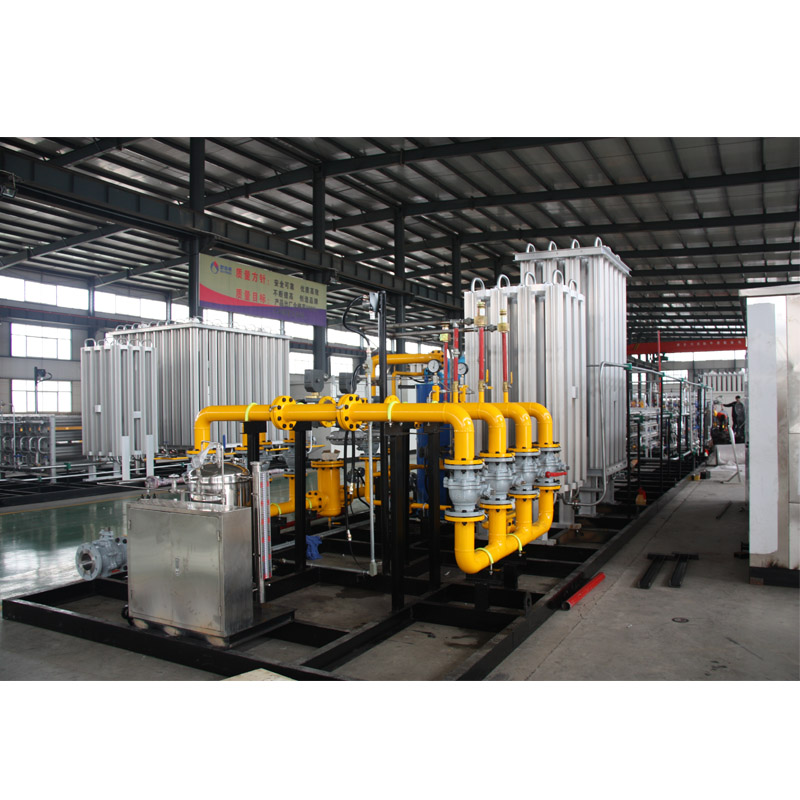
Dec . 17, 2024 03:47
Back to list
pressure regulating device
Understanding Pressure Regulating Devices Ensuring Safe and Efficient Flow
Pressure regulating devices play a crucial role in numerous industrial and residential applications, ensuring that fluid flow is safe, efficient, and consistent. These devices manage the pressure of gases and liquids, preventing fluctuations that could lead to equipment damage, inefficiencies, or safety hazards. In this article, we will explore the principles, types, applications, and benefits of pressure regulating devices.
Principles of Pressure Regulation
At the core of every pressure regulating device is the principle of controlling pressure differentials. Pressure regulation involves maintaining the output pressure of a system at a desired level, regardless of changes in input pressure or flow rate. This is typically achieved through mechanical or electronic means, with the device adjusting the flow of the fluid to match the required output pressure.
Pressure regulators operate based on the balance of forces. A diaphragm or piston responds to changes in downstream pressure and adjusts an opening (like a valve) to control the flow of the medium, ensuring that the outgoing pressure remains constant even when the incoming pressure varies. This dynamic adjustment is crucial for preventing damage to downstream components and ensuring optimal operation of the entire system.
Types of Pressure Regulating Devices
Pressure regulating devices can be categorized into several types based on their operation, design, and application
1. Mechanical Pressure Regulators These are the simplest forms of regulators, commonly found in gas and liquid applications. They use springs and diaphragms to maintain a consistent output pressure. Common types include direct-acting and pilot-operated regulators.
2. Electronic Pressure Regulators These devices use sensors and electronic controls to achieve precise pressure regulation. They are often used in applications requiring high accuracy or rapid adjustments, such as in laboratory settings and advanced manufacturing processes.
3. Back Pressure Regulators Unlike conventional regulators that reduce downstream pressure, back pressure regulators maintain the upstream pressure in a system. They are essential in processes where upstream pressure needs to be controlled to prevent downstream issues.
4. Relief Valves While primarily safety devices, relief valves act as pressure regulators by releasing excess pressure in a system when it exceeds a predetermined level. They are critical in protecting equipment and piping from overpressure conditions.
Applications of Pressure Regulators
pressure regulating device

Pressure regulating devices find applications in diverse industries, including
- Oil and Gas In exploration and processing, regulators help control the pressure of natural gas and liquids to ensure safe operations.
- Water Treatment Regulators manage the pressure in water distribution systems, ensuring steady flow and preventing pipe bursts.
- HVAC Systems In heating, ventilation, and air conditioning systems, pressure regulators maintain optimal pressure levels for efficient operation.
- Pharmaceutical and Food Industry Maintaining precise pressure is essential in these sectors to meet safety and quality standards during production processes.
Benefits of Pressure Regulating Devices
1. Safety By maintaining appropriate pressure levels, regulators reduce the risk of equipment failure and accidents, ensuring a safer working environment.
2. Efficiency Pressure regulation leads to optimal performance of machinery and systems, minimizing energy waste and operational costs.
3. Consistency Stable pressure output enhances the reliability of processes, improving product quality and service delivery.
4. Protection By preventing overpressure conditions, regulators protect sensitive equipment and extend the lifespan of components.
Conclusion
Pressure regulating devices are vital components in various systems, ensuring safe, efficient, and consistent operation across multiple industries. Their ability to manage pressure helps mitigate risks, enhance efficiency, and protect valuable assets. As technology progresses, the development of more sophisticated pressure regulation solutions will continue to evolve, meeting the demands of modern industrial and residential applications. Understanding these devices is essential for engineers, technicians, and anyone involved in managing fluid systems, as their proper application can lead to significant improvements in safety and efficiency.
Next:
Latest news
-
Safety Valve Spring-Loaded Design Overpressure ProtectionNewsJul.25,2025
-
Precision Voltage Regulator AC5 Accuracy Grade PerformanceNewsJul.25,2025
-
Natural Gas Pressure Regulating Skid Industrial Pipeline ApplicationsNewsJul.25,2025
-
Natural Gas Filter Stainless Steel Mesh Element DesignNewsJul.25,2025
-
Gas Pressure Regulator Valve Direct-Acting Spring-Loaded DesignNewsJul.25,2025
-
Decompression Equipment Multi-Stage Heat Exchange System DesignNewsJul.25,2025

